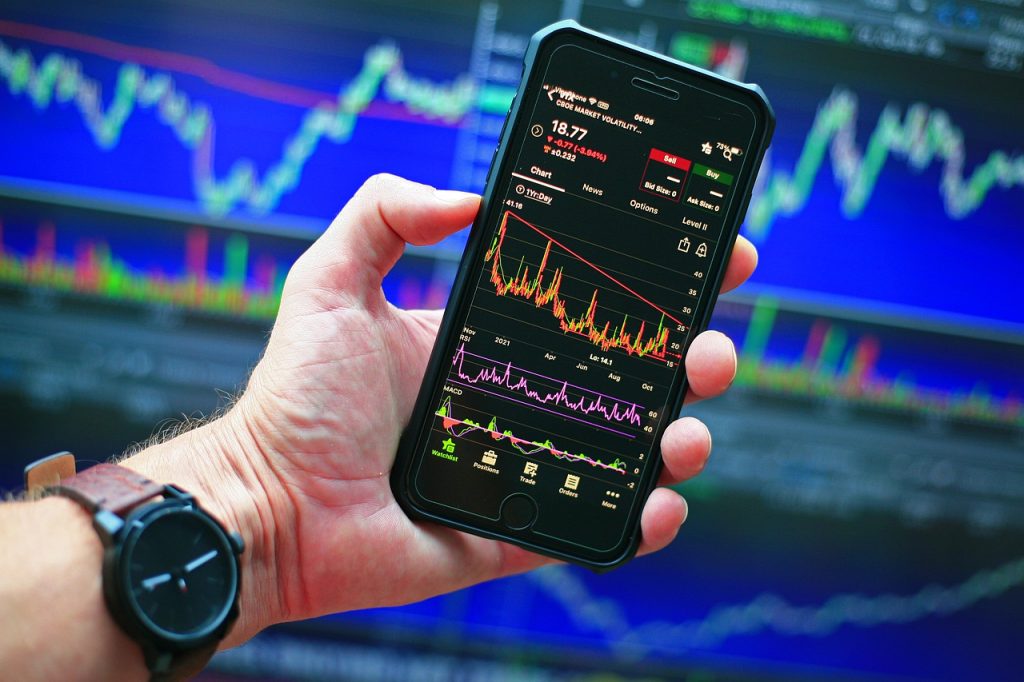Is The Economy Really In As Much Danger As Some Think It Is?
Economic fears and rumblings of an imminent recession have been emerging, however, the health of the economy may not be as bad as some think.
This article is more than 2 years old

Right now the state of the economy has a lot of people and businesses on pins and needles. Historically high inflation rates have driven the costs of everything from food to services through the roof. The steep inflation-related increases have prompted the Federal Reserve to respond in kind. But instead of individuals’ fears being quelled as a result of their actions, concerns have only heightened. Top CEOs worry that a recession is on the horizon. And society is echoing similar fears. However, upon closer inspection, the economy might not be in as precarious a state as it seems.
The best way to examine the state of the economy and judge whether or not it really is on the brink of entering into a full-on recession is to compare key areas to scenarios past. Taking a deeper look at mortgage rates, the stock market, and unemployment figures can serve as a window into what individuals can expect from the economy in the coming months.
At present, the interest rate for a 30-year fixed-rate mortgage is hovering at almost 6%. That’s pretty high, especially compared to a couple of years ago when on average interest rates were half that or less. That being said, 6% is nowhere near the worst rates this country has seen. CNET pointed out that in 1981 when the country was reeling from a period of intense inflation, not unlike the one it’s currently in today, the Federal Reserve hiked mortgage rates up to an unfathomable 16%. Following the Federal Reserve’s drastic measures over 40 years ago, the nation did enter a year-long recession. However, judging by where mortgage rates are now in comparison, the nation is nowhere near where rates were in 1981, suggesting that the economy is stronger than many think it is.
Moving on to examine the state of the stock market, it’s clear that things are tumultuous right now. High costs associated with inflation have caused many companies’ bottom lines to take a big hit. This has caused a flurry of panic amongst investors, which is serving to drive stock values even lower. This type of reactive loss is to be expected and oftentimes steep declines on Wall Street, especially if they are continuous and prolonged, can signal the onset of a recession. However, the state of the stock market at present is not as bad as it was back in 2008 when most companies lost nearly or more than half of their valuations.
It’s also important to note that the stock market is naturally exceedingly temperamental and fickle. It ebbs and flows each and every day. The takeaway here is to recognize that there have been measurable declines that are somewhat reflective of the economy, and while the stock market should be watched carefully for continued and/or substantial dips there’s no need to sound all the alarm bells just yet. A guarded outlook pertaining to the fate of the economy is more appropriate than an ominous one in this case.
Lastly, the rate of unemployment is another key figure to look at in trying to determine the health and overall strength of the economy. Here is where the most promising and hopeful information lies. The job market is stronger than it has been in years. Unemployment is sitting at a historically low national average of 3.6% and job growth has been positively unprecedented. A strong labor market is often indicative of a strong economy because more jobs mean that businesses, in general, are doing well and as such, they have the capital to support adding more workers to their arsenals.
As the months progress keeping a close eye on the job market and unemployment rate will be imperative in predicting whether a recession will occur. If the job market remains strong, then it’s likely that the US will be able to largely curtail a recessionary period. To conclude, watching the performance of key indicator areas and comparing them to scenarios past is paramount in being able to assess the health of the economy and the potentially imminent risk of a recession.







